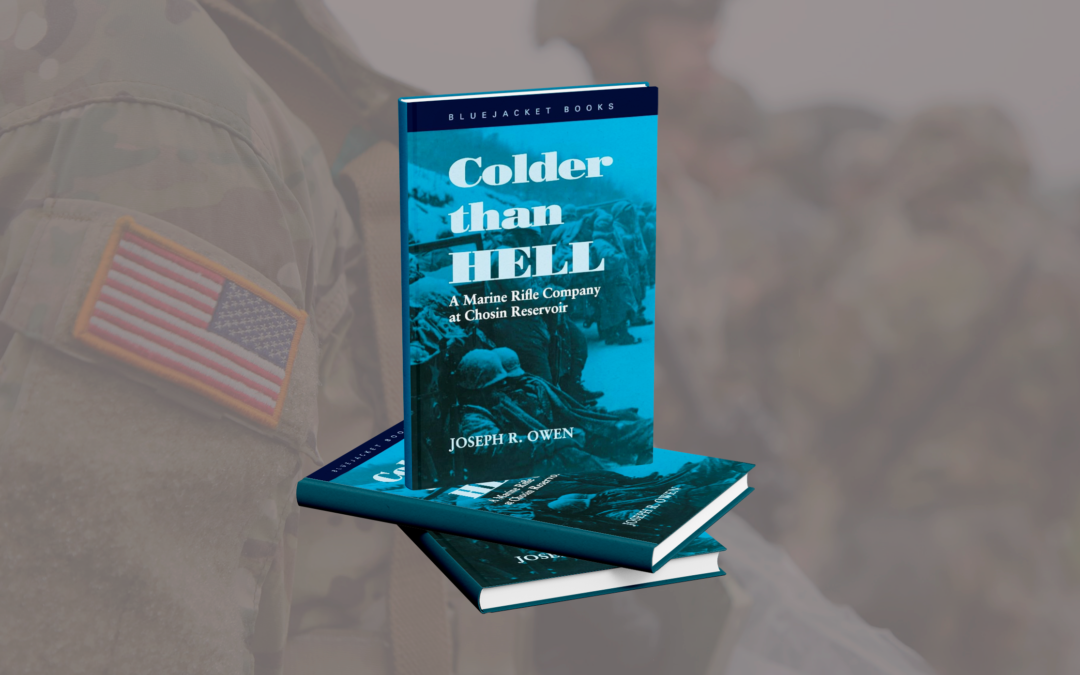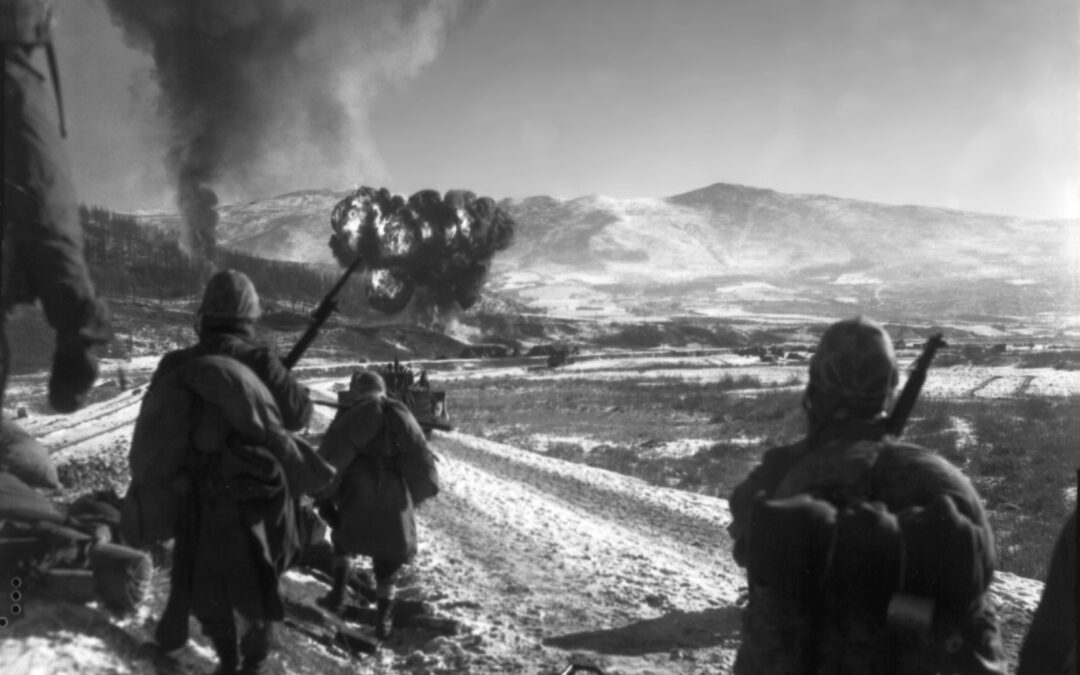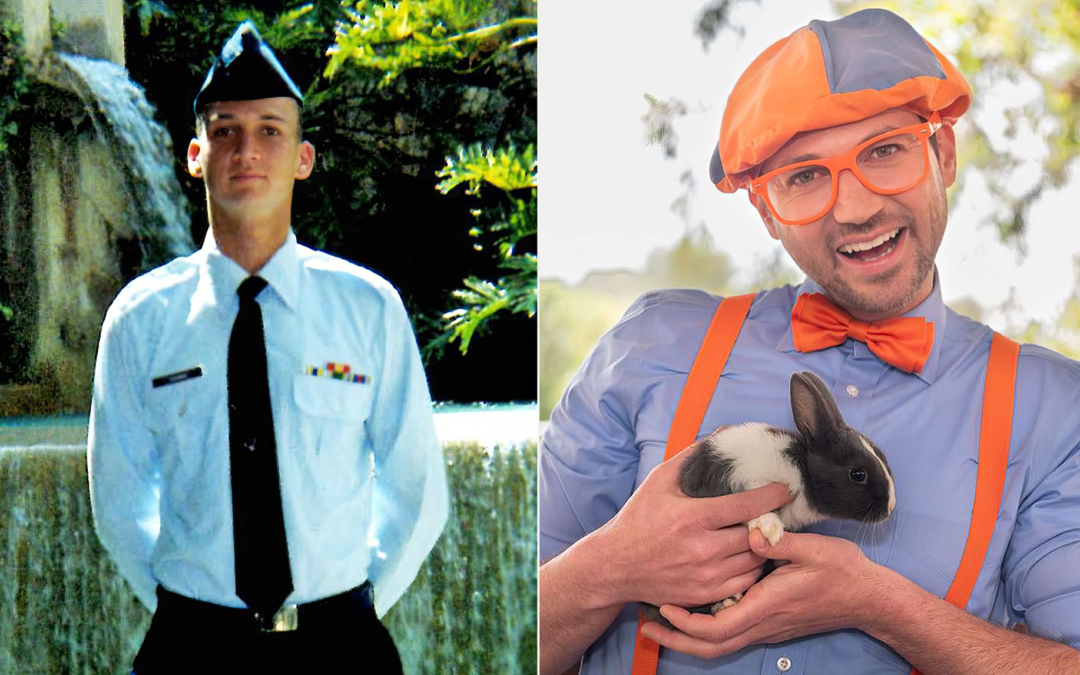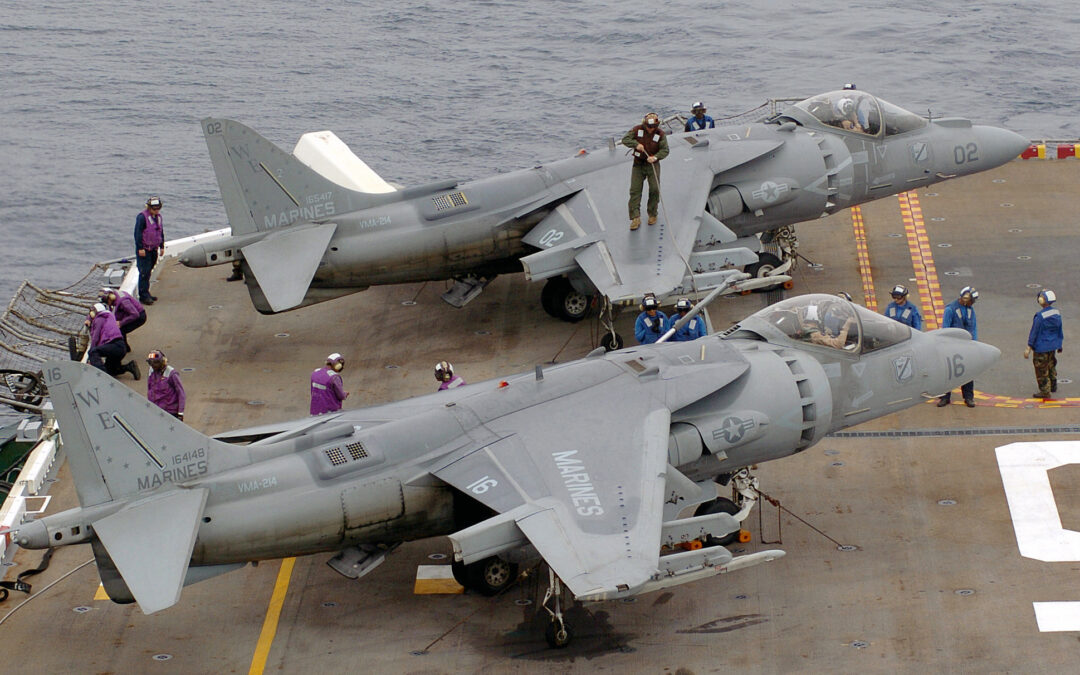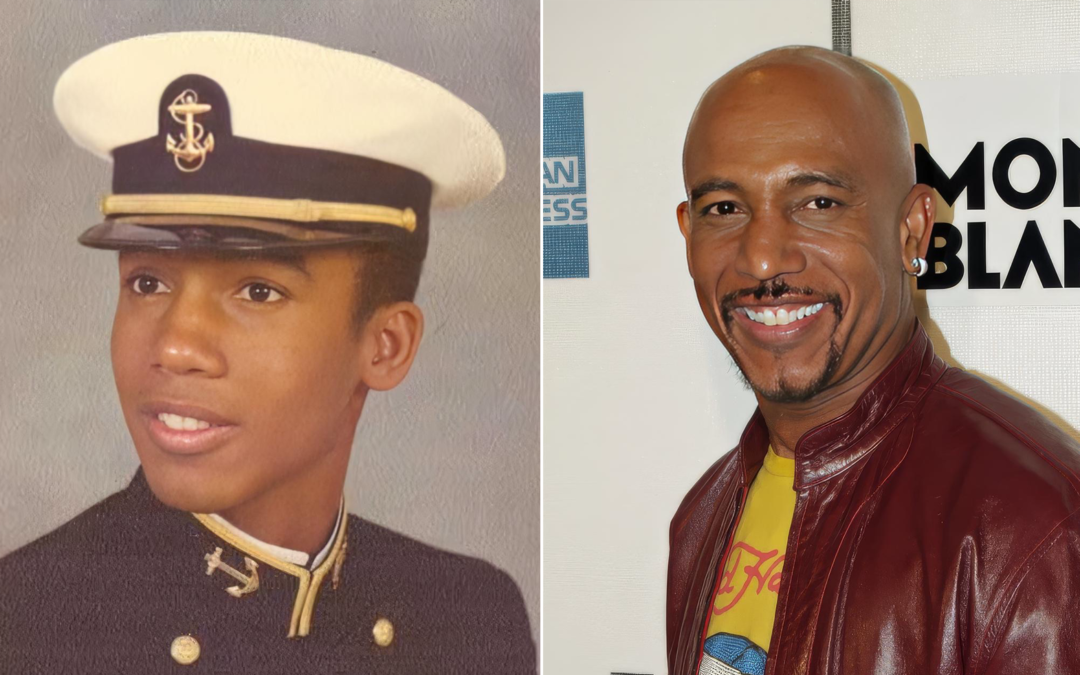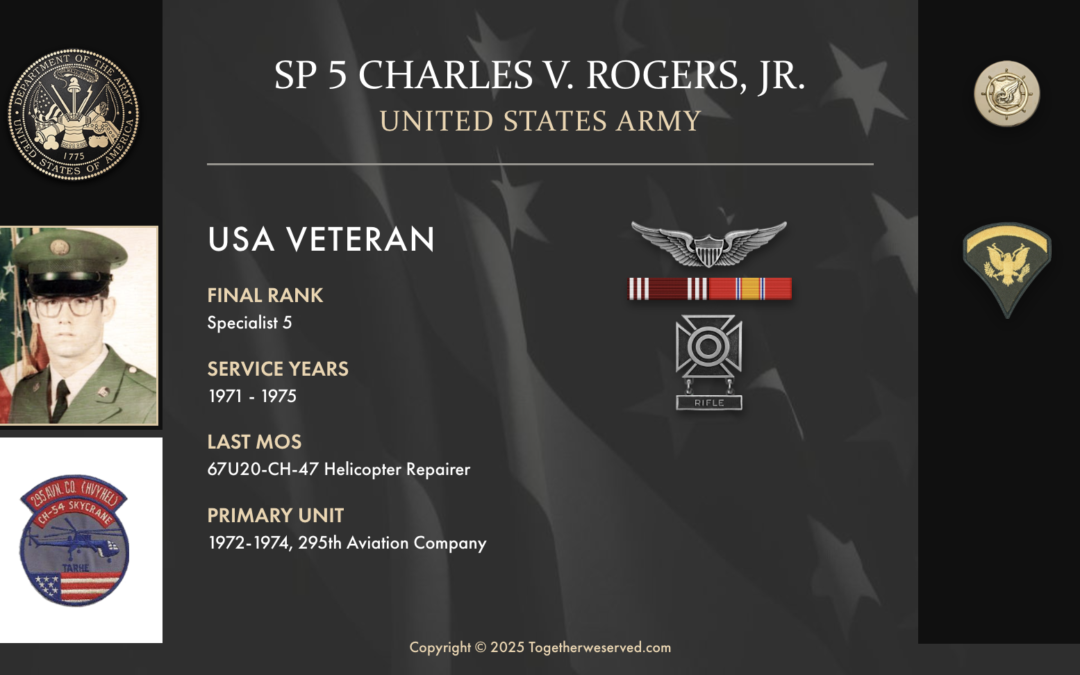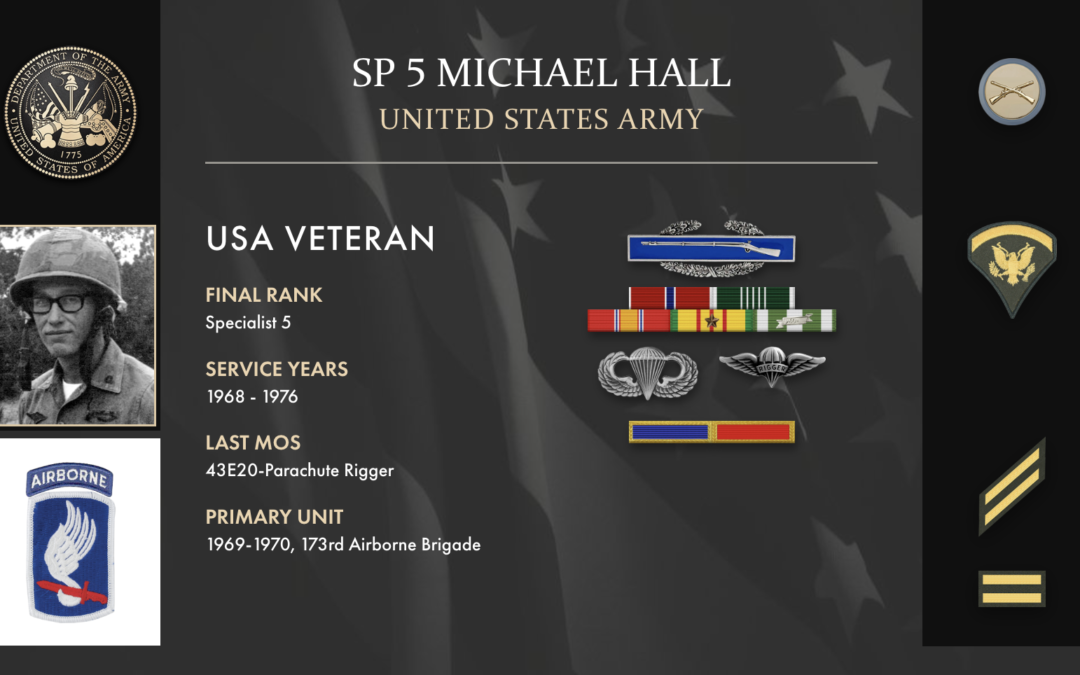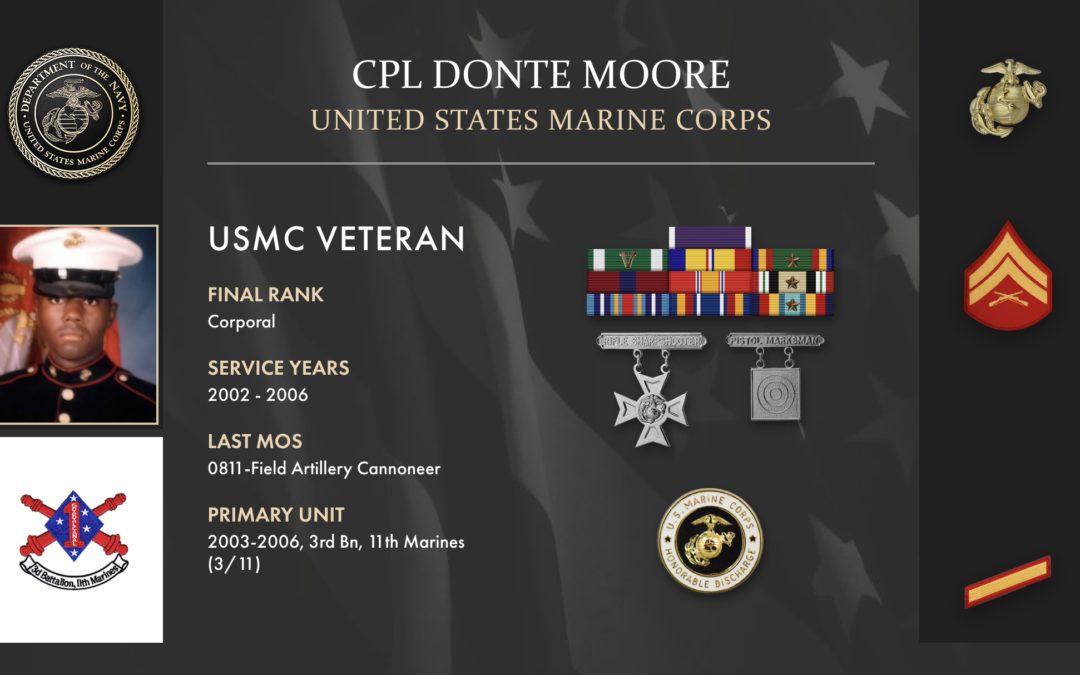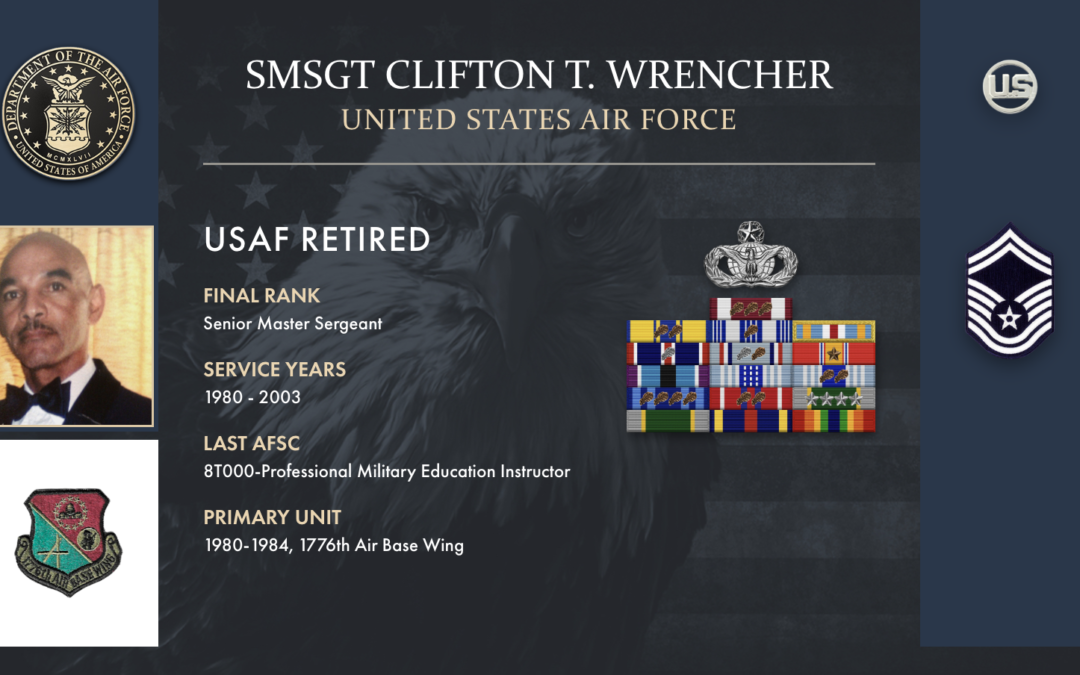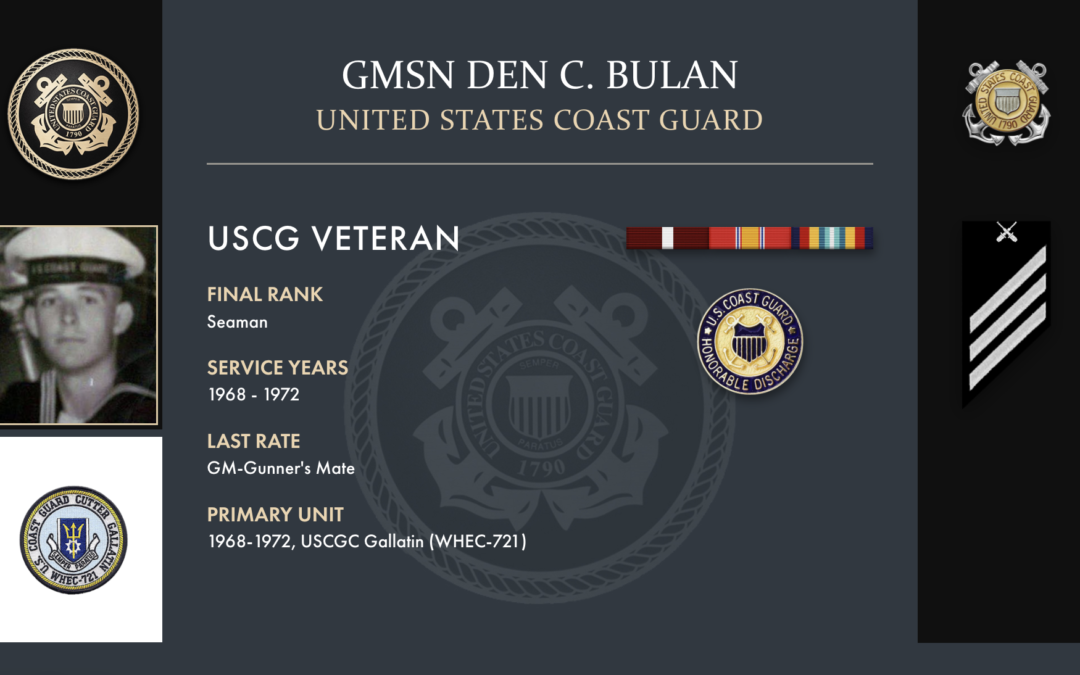Joe Owen enlisted in the U.S. Marine Corps in 1943. He deployed shortly afterward with a forward observer squad during World War II. If you talked to the man, however, you would quickly learn it was the Korean War that defined his service to the country. In 1997, he would literally write a book about his experiences in Korea, an experience that culminated with the infamous Battle of the Chosin Reservoir. By the time North Korean tanks rolled into South Korea in June 1950, Owen was a Lieutenant, and he would be leading a company of hastily assembled reservists into a trial by fire. Joe Owen and His Harrowing Experience in "Colder Than Hell" "Colder Than Hell: A Marine Rifle Company at Chosin Reservoir" is the story of Owen and his fellow Marines in Korea. To write the book, he painstakingly gathered all the historical information he could and spoke at length with his fellow veterans about their own experiences. The result is an exhaustive first-person narrative that is both engrossing...
